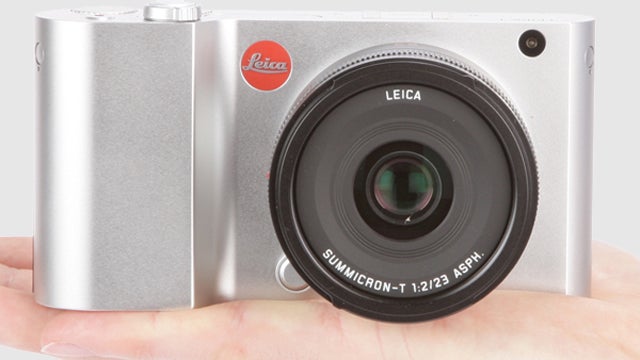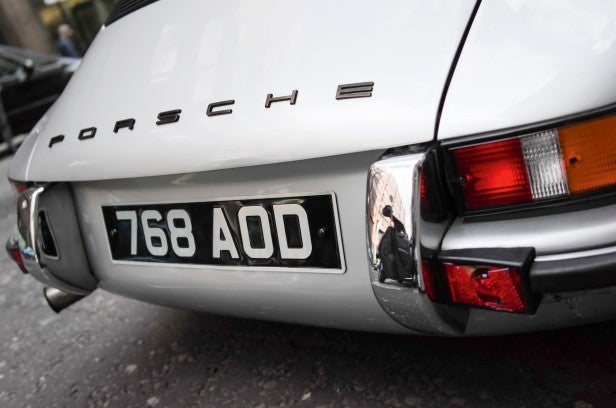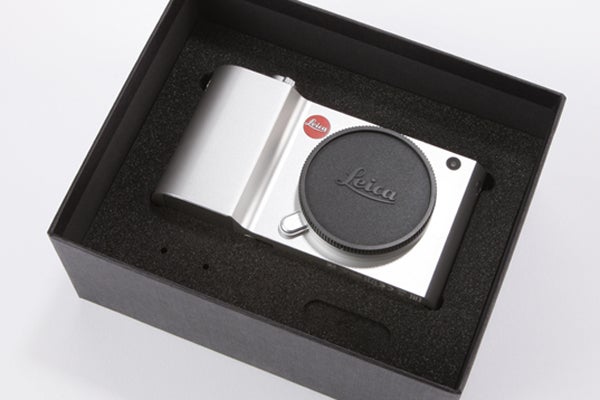Leica T Review - Image Quality and Verdict Review
Image Quality and Verdict
Leica's new CSC is expensive, stylish and that's about it

Sections
- Page 1 Leica T Review
- Page 2 Design and Performance Review
- Page 3 Image Quality and Verdict Review
Leica T: Image Quality
If you want to squeeze the absolute best out of the Leica T, you want to be shooting raw images. The JPEGs are fine and sharp, but the compressions and noise reduction processes just soften them that little bit and take the edge off the detail.
The raw files retain the excellent level of detail captured by the Leica T’s 16.3MP sensor.
Noise-wise, the Leica T holds up very well throughout its ISO range, with slight colour noise only starting to creep in at around ISO 6400. While the luminance noise reduction does lessen the detail, it’s a sensitive and light touch that doesn’t damage the image.

Much like the metering system, the automatic white balance works well both in bright and dark conditions – so much so that some images produced on a sunny day actually looked a little better on AWB than on the sunny white balance setting.
The five colour settings on the Leica T are accessed (of course) via the touchscreen, and include Standard, Vivid, Natural, B&W Natural and B&W High Contrast.

Natural is a little dull-looking and rather muted, while Vivid practically punches you in the face. In most cases the standard mode is going to be adequate.
If you’re looking to get black and white shots straight out of the camera then go with B&W High Contrast, it’s excellent.

The dynamic range of the Leica T is respectable enough, retaining a decent amount of detail in highlights and shadows.
Measuring 12.12EV at ISO 100 it’s not going to trouble any leading DSLRs but is in good company with other CSCs of similar size.

It does start to drop quite sharply once you get beyond ISO 800, though. ISO 100 to 400 is the best area to stick to for retaining the maximum amount of detail.

Should I buy the Leica T?
There is one thing we should point out before proceeding any further. While the Leica T is indeed reasonably priced at £1,350, the catch is that the two lenses available currently cost about as much as the camera itself. So for the complete experience you’re suddenly looking at not £1,350 but £2,500.
This makes it a little tougher to recommend. There’s plenty to like about the Leica T – it performs well, the design is excellent if you like that sort of thing, and it more than keeps pace with other 16MP cameras on the market.
But there are better ways to spend this amount of money. A Fujifilm X-Pro1, a Fujifilm X-T1, and even a Sony Alpha 7 will all fill a similar niche for a comparable price.
You can pick up a Sony NEX-7 with a kit lens for £650 these days, and that’s tough to argue with. If the premium Leica feel isn’t something you care about, it’s categorically probably not worth it.
Verdict
The Leica T does what it does very well indeed. It’s slick, sleek, well-made and pleasing to use. It lacks, however, the wow-factor that you’d expect when paying this much for a camera. Ultimately, it doesn’t do enough to make a compelling case for itself over its fierce CSC competition.
Next, read our Leica D-Lux 4 review
Trusted Score
Score in detail
-
Value 7
-
Design 9
-
Features 8
-
Image Quality 8
-
Performance 8

